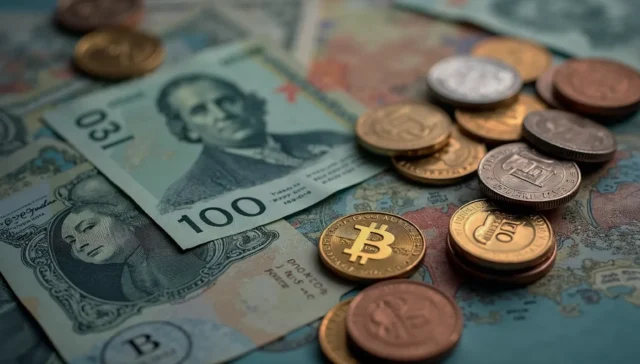
Tariff Pause Triggers Global Rally, But Risks Remain
Global Market Rally Surges on Tariff Pause: Key Drivers, Outlook, and Risk Factors Introduction A dramatic rally has swept through the global financial markets following





















Adding {{itemName}} to cart
Added {{itemName}} to cart